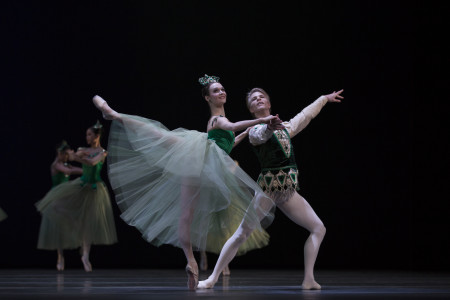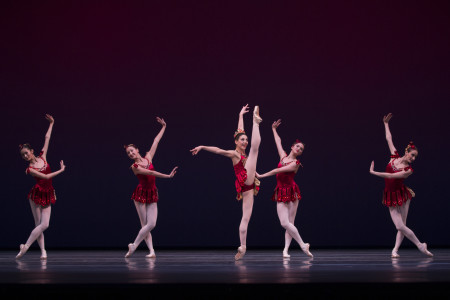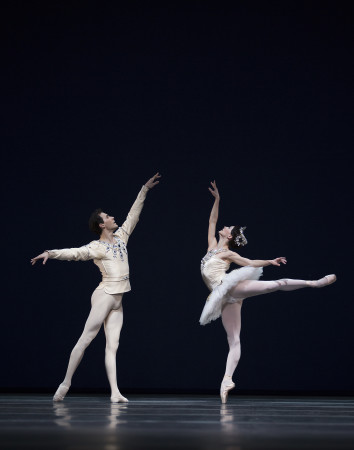20\02\2015
Written by Blend\Bureaux
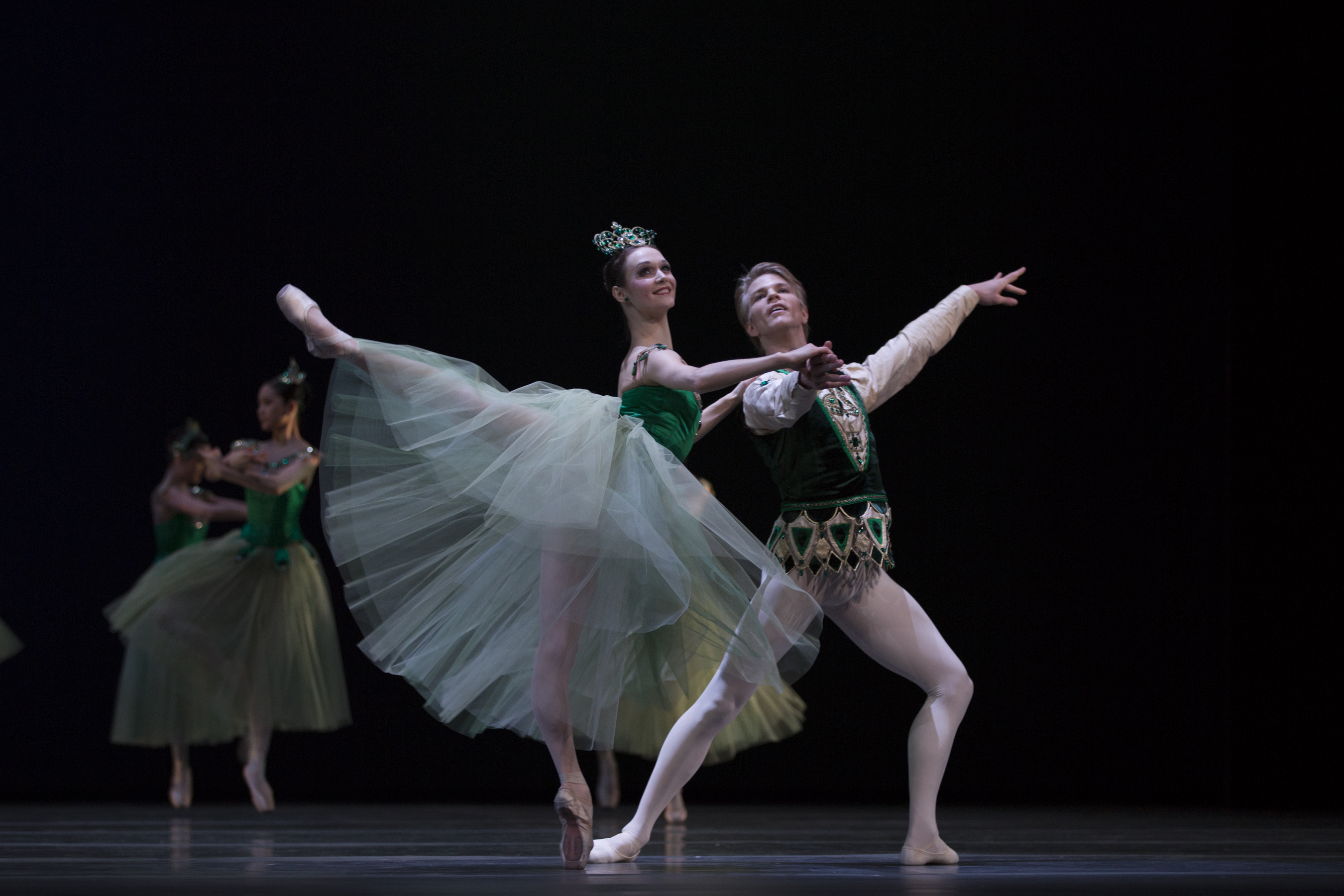
The sparkling trilogy Jewels by the Dutch National Ballet
The sparkling trilogy ‘Jewels’ from choreographer George Balanchine premiered last week. For this ballet Balanchine got inspired by the beauty of the jewels that were displayed in the windows of New York’s finest jewelers back in the days. ‘Jewels’ is completely abstract, even called the first full-length abstract ballet. The masterpiece features three independent acts that are linked by the common theme of gemstones ‘Emeralds’, ‘Rubies’ and ‘Diamonds’. While ‘Emeralds’ is all about romance in Paris, ‘Rubies’ has passion, intensity, and playfulness energy. The “wow factor” of this part makes Rubies the most successful one out of three. No wonder why it is often performed independently. The final part, ‘Diamonds’, feels like a white fairy tale.
After the premiere we sat down with Edo Wijnen, one of the dancers of the Dutch National Ballet. Edo started at the young age of 10 and got admitted to the Royal Ballet School in Antwerp where he studied for more than 6 years. When he joined the Prix de Lausenne competition in 2009 he met Ted Brandsen, artistic director of the Dutch National Ballet. Ted convinced him to join the National Ballet and so he did 5 years ago. Edo told us more about ‘Jewels’ and his career as a ballet dancer.
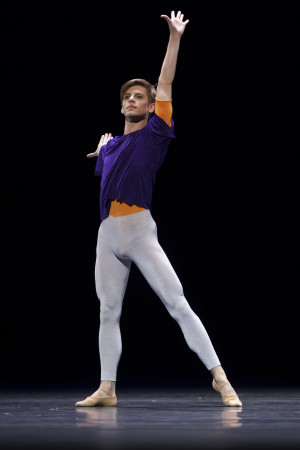
The Dutch National Ballet presents Jewels
Edo Wijnen, photographed by Angela Sterling
You obviously have a lot of talent. You won several international prices and now play an important role in the Dutch National Ballet. Was it hard to succeed in the competitive world of ballet?
It certainly wasn’t easy. As I said before, it takes a lot of discipline. I always worked very hard to improve myself. Sometimes I had to skip school for additional training that was needed to get closer to perfection. I am very grateful to have my mentor Jan Nuyts by my side, without him I would never have achieved all of this.
How does it feel to deal with the pressure for perfection?
Ballet is an art form that strives for perfection and people expect a lot from you. Especially after you win a competition. Luckily my parents supported me at all times. They taught me how to handle expectations and made me realize I can’t always satisfy everyone. They gave me the confidence I needed when I was having a hard time. I even thought about quitting sometimes. Eventually I experienced that besides my focus on dancing it is very important to stay close to myself.
George Balanchine is acknowledged as one of the most influential choreographers of the twentieth century. What was it like to perform this masterpiece?
To me it is very special to be a part of Jewels because it is a very beautiful and inspiring program. It feels a bit unreal to get the opportunity to work with the dancers who created this peace with Balanchine at that time.
Jewels consist of three parts. Which one is your favorite?
I was lucky/happy to perform in all three parts. Although I am very fond of all parts, I prefer ‘Rubies’. What can I say, it’s challenging, intense and it is so much fun to dance. ‘Rubies’ is composed by Stravinsky and when you understand his music it’s really a joy to bring this piece to the audience.
The next production of the Dutch National Ballet will be the ‘ballet of all ballets’: Swan Lake. This performance goes in premiere on the 1st of March.
The Dutch National Ballet presents Jewels
Igone de Jongh, Maia Makhateli & Ensemble, photographed by Angela Sterling
The Dutch National Ballet presents Jewels
Anna Tsygankova & Jozef Varga, photographed by Angela Sterling

